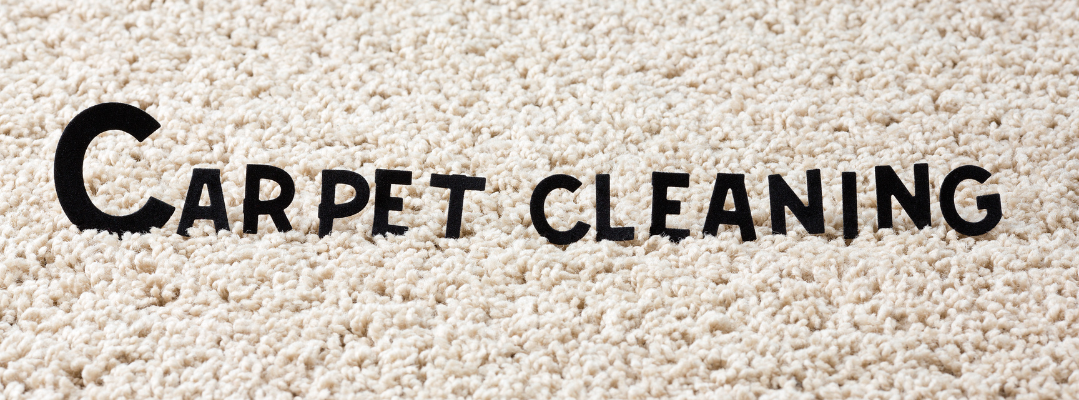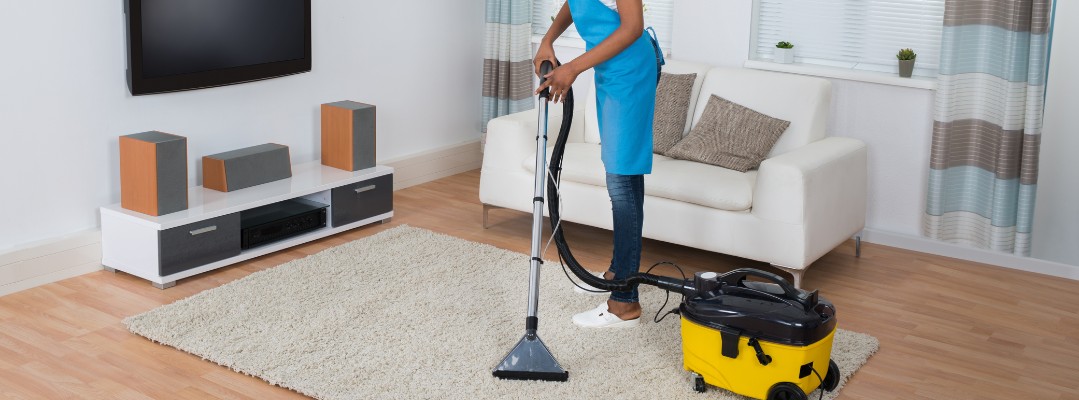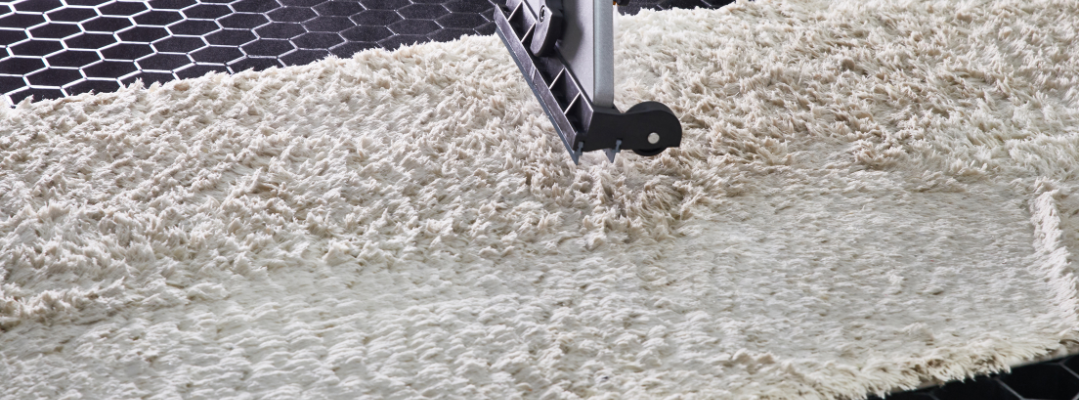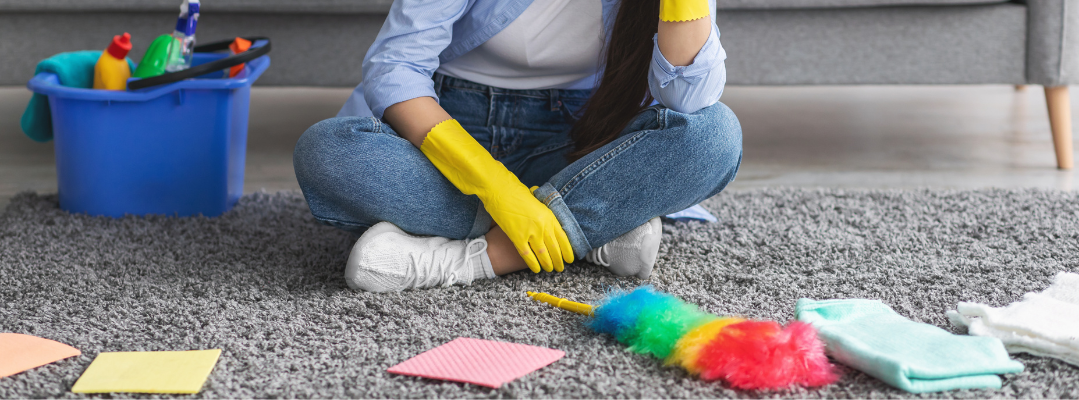
Is Carpet Cleaning Essential To Get Your Bond Back?
Are You Legally Obligated To Have The Carpet Cleaned?
The question of whether you are legally obligated to have the carpet cleaned as a tenant often hinges on local regulations and the terms of your lease agreement. It’s worth noting that specific laws and rules can vary from one place to another. In some regions, according to the Residential Tenancy Authority, there is a clear requirement for renters to return the property in the same condition it was in when they first occupied it. This means not only maintaining the property but also ensuring that items within it, such as carpets, are in a similar state to how they were at the beginning of the tenancy.
To meet this requirement, it’s advisable for tenants to take precautions. One practical step is to document the condition of the property with photographs when they first move in. These pictures serve as a valuable reference point. By comparing the initial state of the carpets with their condition upon moving out, tenants can determine whether any cleaning or restoration is necessary to return the carpets to their original state. If the carpets have become dirty or stained during the tenancy and are no longer in the same condition as when the lease began, it typically falls upon the renter to address this issue. Depending on the situation, this may involve personally cleaning the carpets or, in cases of significant wear and tear, seeking the assistance of professional cleaners.
Understanding “Fair Wear and Tear” For Carpets
If you are a tenant, understanding the concept of “fair wear and tear” is crucial, especially when it comes to carpet cleaning at the end of a lease. It refers to the expected gradual degradation that occurs over time due to regular use. Simply put, it’s the natural wear and tear that a property experiences through normal everyday living. Fair wear and tear is an essential principle in defining the responsibilities of tenants and landlords in terms of maintenance and deposit deductions, particularly concerning carpets. Examples of what falls under fair wear and tear include sun fading, worn paths in high-traffic areas, and small furniture indentations. These consequences of using a space regularly are deemed reasonable.
However, it’s important to recognise what generally doesn’t fall under fair wear and tear. Large, hard-to-remove stains, torn or burned areas, excessive soiling beyond normal cleaning, and missing or pulled-up carpet sections often fall outside this category. These issues typically result from accidents or misuse rather than the expected, gradual deterioration associated with regular occupancy. To navigate this distinction effectively, both tenants and landlords should document the property’s condition at the start and end of the lease. This documentation serves as a crucial reference point in determining what constitutes fair wear and tear versus tenant-caused damage. It helps prevent disputes and ensures a fair resolution during the return of the security deposit, which is often a contentious issue at the end of a lease.

Is Carpet Cleaning Required If You Have Pets?
When a tenant has pets, it’s typical for landlords or property owners to include a stipulation requiring the carpets to be cleaned at the end of the lease. It makes sense that pet hair, dander, and smell may become embedded in the fibres. While there isn’t a widespread legal mandate that specifically requires professional carpet cleaning due to pet ownership, the terms of your lease agreement play a pivotal role. Many lease agreements include clauses outlining cleaning obligations related to pets. These clauses may stipulate that tenants with pets are responsible for professionally cleaning carpets to address any pet-related odours, stains, or damages before moving out. Therefore, it’s imperative to carefully read your lease agreement and understand any specific requirements regarding pet-related carpet maintenance.
Besides lease agreements, responsible pet ownership and common courtesy should also guide your decisions when it comes to carpet cleaning. Pets can inadvertently contribute to carpet issues such as strong odours and stubborn stains, which can affect the overall condition of the property. Regular maintenance, such as vacuuming and addressing stains promptly, can help maintain the cleanliness of the carpets and prevent more significant problems. It’s also crucial to remember that even if your lease agreement doesn’t specifically require you to clean the carpets, it’s still a good idea to do so to ensure that you exit from the property in the best manner possible. By doing this, you can increase your chances of getting your bond back and leave a positive impression on your landlord.
Which Cleaning Method Should You Choose?
Whether you need to steam clean or shampoo the carpets in your rented property largely depends on the terms outlined in your lease agreement. There is no universal legal requirement mandating one specific cleaning method over another. The key to understanding your obligations is to carefully review your lease agreement. Some leases may specify the cleaning method they expect you to use when it comes to the carpets. It’s not uncommon to find clauses that require tenants to have their carpets professionally steam-cleaned or shampooed before moving out.
Steam cleaning and shampooing are both effective methods for cleaning carpets, but they have their differences. Steam cleaning uses hot water and steam to remove dirt and stains, while shampooing involves using a specialised cleaning solution to scrub and lift away dirt. To avoid disputes with your landlord and ensure compliance with your lease terms, it’s essential to follow the cleaning method specified in your lease agreement. If the lease doesn’t mention a specific method, you may have some flexibility in choosing the cleaning approach, but it’s always a good practice to consult with your landlord to confirm their preferences. Properly cleaning the carpets according to your lease agreement can help ensure the return of your security deposit and a smooth move-out process.

Tips for End of Lease Carpet Cleaning
- Professional Cleaning Services: If your lease agreement stipulates the requirement for professional carpet cleaning before moving out, it’s advisable to enlist the services of a trusted cleaning company. Ensure that the cleaning service you choose is reputable and experienced in handling end-of-lease cleanings. Keeping the receipt from this service is crucial, as it serves as concrete evidence that you have complied with the lease terms. This receipt can play a vital role in securing the full return of your security deposit during negotiations with your landlord or property manager.
- Prompt Stain Treatment: Swiftly addressing any stains on the carpet is essential to prevent them from setting in and becoming permanent eyesores. Different stains demand distinct treatment approaches. Research or seek professional advice to identify the most effective stain removal techniques for your specific type of carpet and stain. Timely attention to stains helps maintain the carpet’s appearance and increases the likelihood of a successful cleanup.
- Thorough Vacuuming: Before embarking on any deep cleaning, initiate the process by meticulously vacuuming the carpets. Vacuuming effectively removes loose dirt, debris, and surface dust, which can hinder the performance of subsequent cleaning methods. Take extra care in high-traffic areas and corners where dirt tends to gather.
- Appropriate Cleaning Products and Methods: Choosing the right cleaning products and techniques tailored to your carpet’s material is crucial for a successful cleaning process. Not all carpets are the same, and using an unsuitable cleaning solution can lead to damage or discolouration. Before applying any cleaning product, conduct a spot test in an inconspicuous area to ensure compatibility with your carpet and to avoid potential harm.
- Deep Cleaning Techniques: Depending on the extent of dirt and stains, you may need to decide between steam cleaning and shampooing as your deep cleaning method. These techniques are effective at penetrating deep into the carpet fibres to eliminate embedded dirt and odours. Evaluate the condition of your carpets and choose the method that best suits your needs. Be sure to follow the manufacturer’s instructions for your cleaning equipment and solutions to achieve optimal results.
How Can Choosing a Good Carpet Cleaner Make the Difference?
Choosing a proficient carpet cleaner can be a game-changer during end-of-lease cleaning. Their expertise and specialised equipment ensure the effective restoration of your carpets, addressing deep-seated stains and dirt that standard cleaning methods may miss. This increases the likelihood of meeting lease agreement standards and returning the property to its original condition. Additionally, the documentation provided by professional cleaners, such as receipts and official records, serves as vital proof of compliance with lease requirements.
In the event of a dispute with your landlord over deposit deductions, this documentation becomes invaluable, safeguarding your interests and demonstrating your commitment to fulfilling obligations. Hiring a reputable carpet cleaner also saves you time and effort, allowing you to focus on other aspects of moving while keeping your carpet clean. Clean carpets enhance the property’s appeal, potentially benefiting both you and the landlord. In essence, the right choice in a carpet cleaner can simplify the end-of-lease process, ensure compliance, and contribute to a successful transition while aiming for the return of your security deposit.

End-of-Lease Carpet Cleaning Prices
| Carpet Cleaning Services | Price |
|---|---|
| Bedroom (Minimum 3 rooms) | $125 |
| Stairs | $3.5 / step |
| Lounge Room | $85 / room |
| Small Hall / Entrance Hall | $40 / hall |
| Standard Room | $50 / room |
| Standard Hall | $40 / hall |
“Please note that prices may vary based on the specific cleaning requirements and conditions of the carpet. It’s advisable to inquire for an accurate quote tailored to your needs.”
Conclusion
While carpet cleaning may not be an absolute requirement to get your bond back, it plays a significant role in ensuring a smooth and hassle-free transition during the end of your lease. A clean carpet enhances the overall condition of the property and can help you avoid deductions from your security deposit. To simplify this process and guarantee a thorough and professional cleaning, consider hiring experts like Harry The Cleaner for your end-of-lease carpet cleaning needs. With our knowledge and dedication to providing top-notch service, we can assist you in leaving your rental property in excellent shape, improving your chances of receiving a full bond refund. Trust Harry The Cleaner to make carpet cleaning simple and guarantee the return of your hard-earned bond money.
